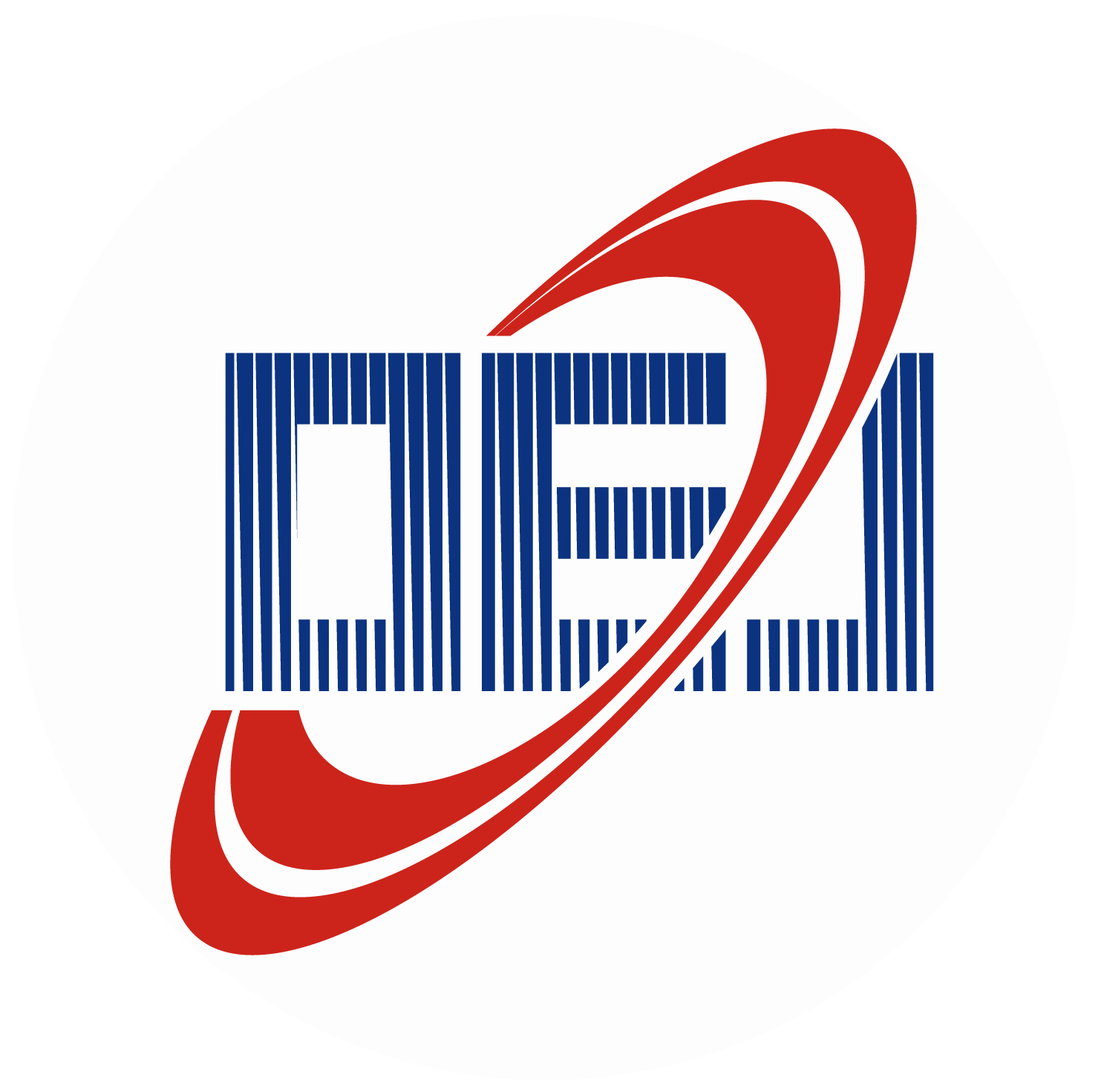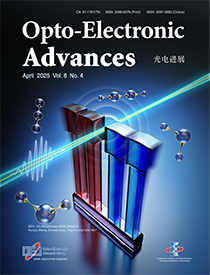| Citation: | Kang DY, Rho J. Structural color from basic principles to emerging applications. Opto-Electron Adv 8, 250051 (2025). doi: 10.29026/oea.2025.250051 |
News & Views Open Access
Structural color from basic principles to emerging applications
-
Abstract
Wenhao Wang and colleagues summarized the latest advancements in structural color research in Opto-Electronic Science. Their review explored the fundamental principles and fabrication methods of structural colors for photonic applications, including anti-counterfeiting, displays, sensors, and printing, along with their practical limitations. Recently, structural colors have received growing interest due to their advantages, including physical and chemical robustness, eco-friendliness, tunability, and high-resolution color. With the rapid advancement of nanofabrication and design methodologies, there is a growing need to systematically review recent progress in structural colors and provide future perspectives. This review provides insights into the structural color research and highlights critical challenges to be overcome. -

-
References
[1] Lee KT, Seo S, Guo LJ. High‐color‐purity subtractive color filters with a wide viewing angle based on plasmonic perfect absorbers. Adv Opt Mater 3, 347–352 (2015). [2] Xu T, Wu YK, Luo XG et al. Plasmonic nanoresonators for high-resolution colour filtering and spectral imaging. Nat Commun 1, 59 (2010). [3] Ma W, Kou YS, Zhao P et al. Bioinspired structural color patterns derived from 1D photonic crystals with high saturation and brightness for double anti-counterfeiting decoration. ACS Appl Polym Mater 2, 1605–1613 (2020). [4] Badloe T, Kim J, Kim I et al. Liquid crystal-powered Mie resonators for electrically tunable photorealistic color gradients and dark blacks. Light Sci Appl 11, 118 (2022). [5] Ng RJH, Krishnan RV, Wang H et al. Darkfield colors from multi-periodic arrays of gap plasmon resonators. Nanophotonics 9, 533–545 (2020). [6] Liu YJ, Wang H, Ho J et al. Structural color three-dimensional printing by shrinking photonic crystals. Nat Commun 10, 4340 (2019). [7] Ko B, Kim J, Yang Y et al. Humidity‐responsive RGB‐pixels via swelling of 3D nanoimprinted polyvinyl alcohol. Adv Sci 10, 2204469 (2023). [8] Yoon J, Jung C, Kim J et al. Chemically and geometrically programmable photoreactive polymers for transformational humidity-sensitive full-color devices. Nat Commun 15, 6470 (2024). [9] Kim J, Kim H, Kang H et al. A water-soluble label for food products prevents packaging waste and counterfeiting. Nat Food 5, 293–300 (2024). [10] Wang WH, Wang L, Fu QQ et al. Structural color: an emerging nanophotonic strategy for multicolor and functionalized applications. Opto-Electron Sci 4, 240030 (2025). doi: 10.29026/oes.2025.240030 [11] Kang D, Heo H, Yang Y et al. Liquid crystal-integrated metasurfaces for an active photonic platform. Opto-Electron Adv 7, 230216 (2024). [12] Jung C, Kim SJ, Jang J et al. Disordered-nanoparticle–based etalon for ultrafast humidity-responsive colorimetric sensors and anti-counterfeiting displays. Sci Adv 8, eabm8598 (2022). [13] Kim J, Seong J, Kim W et al. Scalable manufacturing of high-index atomic layer–polymer hybrid metasurfaces for metaphotonics in the visible. Nat Mater 22, 474–481 (2023). doi: 10.1038/s41563-023-01485-5 [14] Choi M, Kim J, Moon S et al. Roll-to-plate printable RGB achromatic metalens for wide-field-of-view holographic near-eye displays. Nat Mater 24, 535–543 (2025). [15] Choi SH, Shin S, Kim WY et al. Scalable multistep roll‐to‐roll printing of multifunctional and robust reentrant microcavity surfaces via a wetting‐induced process. Adv Mater 37, 2411064 (2025). -
Access History

Article Metrics
-
Figure FIG. 3941..
TOC

 E-mail Alert
E-mail Alert RSS
RSS



 DownLoad:
DownLoad:


